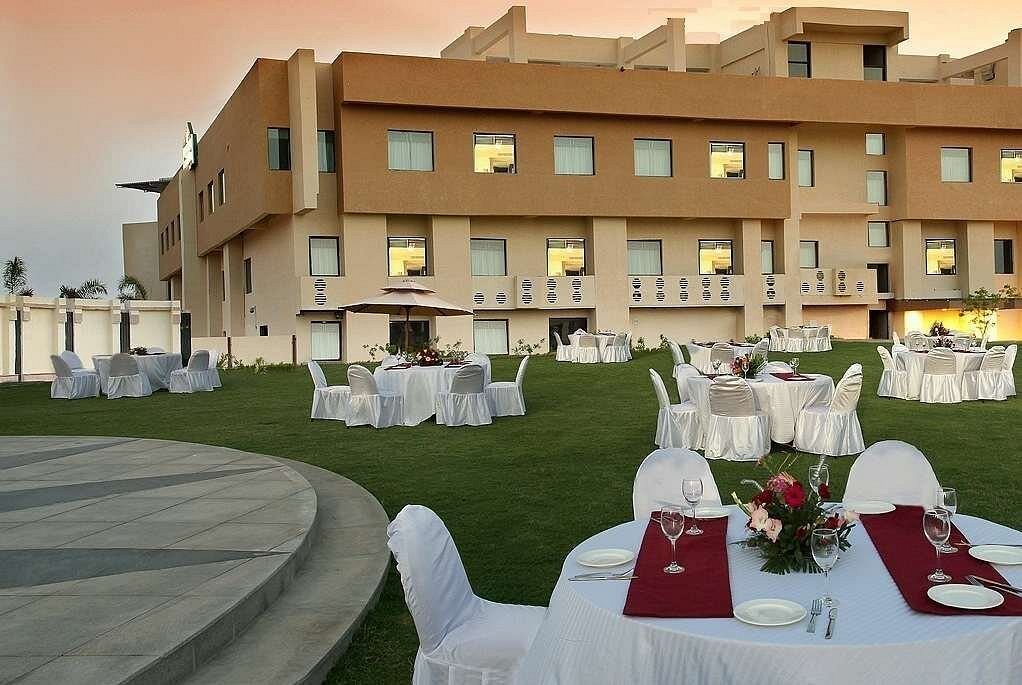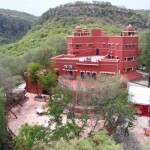A Review of Old Goa: A UNESCO World Heritage Site
Table of contents [Show]
Location
Old Goa is a historical city located on the banks of the Mandovi River, about 10 km east of Panjim, the capital of Goa, India. Surrounded by lush green hills and fields, Old Goa exudes a serene and peaceful atmosphere.
Accessibility
Old Goa is easily accessible by road from Panjim and other parts of Goa. Regular buses and taxis connect Panjim to Old Goa. The nearest railway station, Karmali, is approximately 5 km away, while the closest airport, Dabolim, is about 30 km away. Additionally, ferries operate between Old Goa and Divar Island and Vanxim Island, providing scenic river crossings.
Accommodation
While there aren't many accommodation options within Old Goa itself due to the predominance of churches and convents, guest houses and homestays offer basic facilities and reasonable rates. Alternatively, staying in nearby towns such as Panjim, Candolim, Calangute, Baga, or Anjuna provides a wider range of hotels and resorts to suit different budgets and preferences.
Attractions
Old Goa's main attractions are its Churches and Convents, a collection of seven monuments that showcase the architectural and artistic legacy of the Portuguese colonial era:
- The Chapel of St. Catherine
- The Church and Convent of St. Francis of Assisi
- The Church of Our Lady of Rosary
- The Sé Cathedral
- The Church of St. Augustine
- The Basilica of Bom Jesus
- The Chapel of St. Cajetan
These monuments are open to visitors from 9 am to 5 pm on all days except Sundays and public holidays, and there is no entry fee for any of them.
Activities
In addition to visiting the churches and convents, there are several other activities to enjoy in and around Old Goa:
- Take a leisurely walk along the riverfront and admire the scenic views of the Mandovi River and its islands.
- Explore the Archaeological Museum, housed in the Convent of St. Francis of Assisi, which displays relics and objects related to Goa's history and culture.
- Visit the Viceroy's Arch, an iconic structure marking the entrance to Old Goa.
- Take a ferry ride to nearby Divar Island or Vanxim Island, known for their old churches and temples.
- Indulge in shopping for souvenirs, handicrafts, spices, and local delicacies at the vibrant markets.
Safety
Old Goa is generally a safe place to visit, with low crime rates. However, it's important to remain cautious of pickpockets and beggars, particularly in crowded areas. Avoid wandering alone at night or in isolated locations, and respect the religious customs and dress codes when entering the churches and convents.
Climate and Seasonality
Old Goa has a tropical climate, characterized by hot and humid summers, mild winters, and heavy monsoons. The average temperature ranges from 20°C to 35°C throughout the year. The ideal time to visit Old Goa is from November to February when the weather is pleasant and dry. It's advisable to avoid the period from June to September due to the wet and humid conditions brought by the monsoon season.
Local Culture
The rich and diverse culture of Old Goa reflects its history and heritage. The predominantly Christian population celebrates various festivals, including Christmas, Easter, and the Feast of St. Francis Xavier. Influenced by Portuguese culture and language, the locals speak Konkani with a Portuguese accent and incorporate Portuguese words and names into their daily lives. Old Goa is also known for its vibrant music, dance, cuisine, and traditional art forms.
Cost of Living
Old Goa offers a reasonably priced experience, with most attractions being free and affordable accommodation and dining options. Bargaining and negotiation skills can come in handy while dealing with local vendors and taxi drivers, who may sometimes overcharge tourists. It's advisable to carry sufficient cash as ATMs and card machines are limited in the area.
Local Hospitality
The friendly and hospitable nature of the locals adds to the charm of Old Goa. They warmly welcome tourists and are always ready to assist with directions and information. Proud of their culture and heritage, the people of Old Goa actively preserve and maintain their monuments and traditions.
Sustainability and Responsible Tourism
As a UNESCO World Heritage Site, Old Goa requires responsible tourism practices to protect and preserve its outstanding universal value. While visiting Old Goa, it's important to adhere to the following guidelines:
- Use designated bins for waste disposal and recycling to keep the area clean.
- Respect the monuments and structures by not damaging or defacing them.
- Protect the wildlife and plants by refraining from disturbing or harming them.
- Maintain a serene atmosphere by avoiding excessive noise or loud music.
- Seek permission before taking photographs or videos inside the churches or convents.
- Do not engage in the purchase or sale of illegal or unethical items, and report any suspicious activities to the authorities.
Personal Experience
During my visit to Old Goa in January 2023, I was captivated by the timeless beauty of the churches and convents. The intricate architecture and artistic details showcased the rich history of the Portuguese colonial era. Exploring the riverfront and taking a ferry ride to Divar Island allowed me to immerse myself in the natural beauty surrounding Old Goa. The local markets offered a treasure trove of souvenirs and delightful snacks, creating a memorable and fulfilling experience.
The warm hospitality of the locals enhanced my overall experience, making Old Goa a destination I would highly recommend to anyone seeking a blend of history, culture, and natural beauty.










